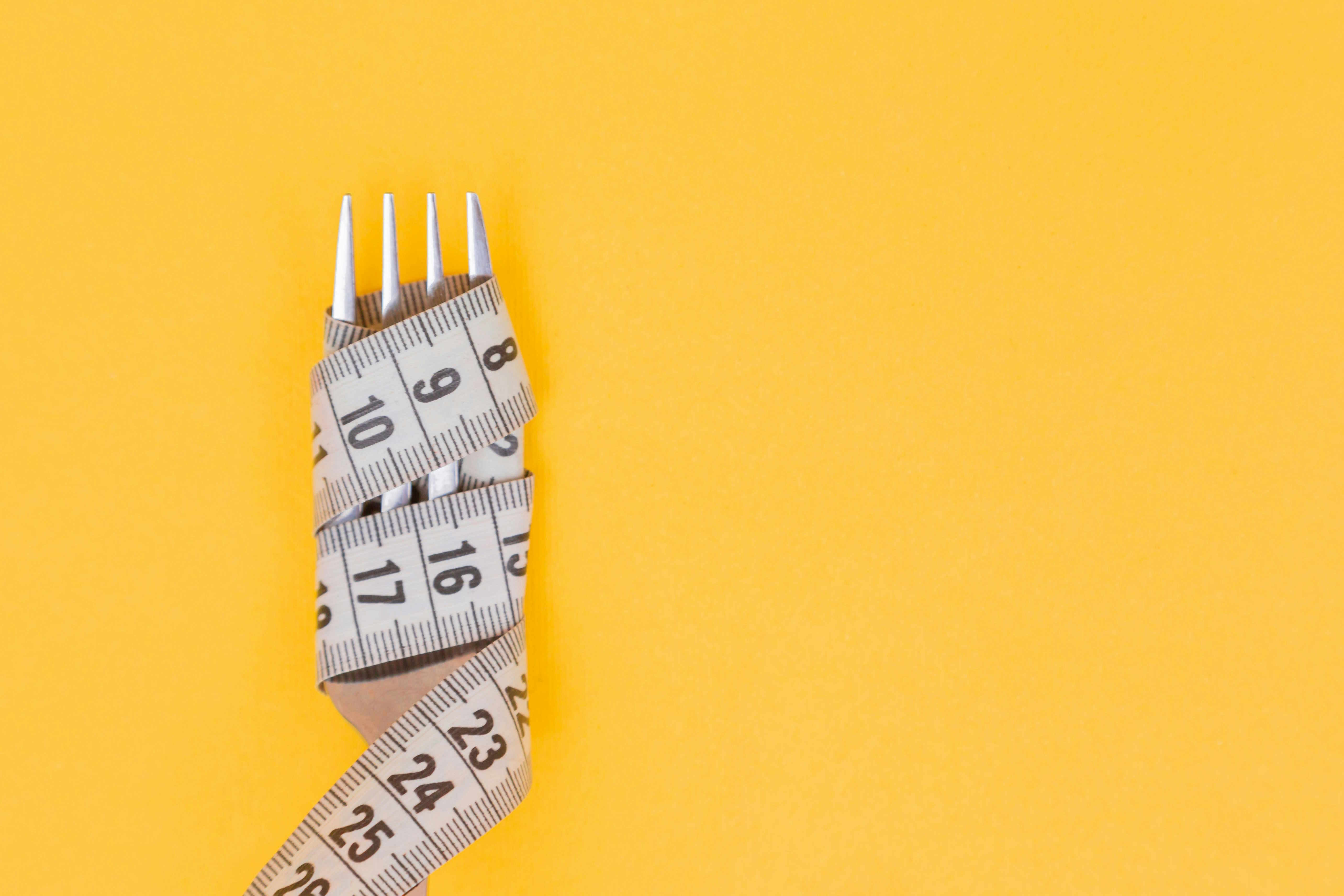Belly Fat Reduction — What you should know
Belly fat is one of the most stubborn areas to address through diet and exercise alone. Whether you're dealing with excess abdominal fat after pregnancy, weight fluctuations, or genetic predisposition, understanding your options for belly fat reduction can help you make informed decisions about achieving your desired body contour.

What are your belly fat removal surgery options?
Surgical procedures offer the most dramatic and immediate results for abdominal fat removal. Liposuction remains the most popular option, using suction to remove fat cells from targeted areas of the abdomen. This minimally invasive procedure works best for individuals with good skin elasticity and localized fat deposits.
A tummy tuck, or abdominoplasty, goes beyond fat removal by also tightening abdominal muscles and removing excess skin. This comprehensive approach is ideal for those who have significant loose skin or separated abdominal muscles, often following pregnancy or major weight loss. The procedure involves making an incision across the lower abdomen and repositioning tissues for a flatter, more toned appearance.
For patients needing both fat removal and skin tightening, combining liposuction and tummy tuck procedures can provide optimal results. Your surgeon will assess your individual needs to determine the best surgical approach for your body type and goals.
How does belly fat removal without surgery work?
Non-surgical alternatives have advanced significantly, offering effective options for those who prefer to avoid surgery. CoolSculpting, or cryolipolysis, freezes fat cells, causing them to die and be naturally eliminated by the body over several weeks. This FDA-approved treatment typically requires multiple sessions for optimal results.
Radiofrequency treatments like truSculpt and Vanquish use controlled heat to destroy fat cells while simultaneously tightening skin. These procedures are performed in-office with minimal downtime, making them attractive options for busy individuals.
Ultrasound-based treatments such as UltraShape use focused ultrasound energy to break down fat cells selectively. The destroyed fat is then processed and eliminated naturally by the liver. Most patients see gradual improvement over 6-12 weeks following treatment.
Understanding liposuction and tummy tuck differences
While both procedures address abdominal concerns, liposuction and tummy tuck serve different purposes. Liposuction specifically targets fat removal and works best for patients with firm, elastic skin who simply need fat reduction. The procedure involves small incisions and typically requires 1-2 weeks recovery time.
A tummy tuck addresses multiple issues simultaneously: excess fat, loose skin, and separated abdominal muscles. This more extensive procedure requires a longer incision and typically involves 4-6 weeks of recovery time. However, the results are more comprehensive, creating a complete abdominal transformation.
The choice between these procedures depends on your specific concerns, skin quality, muscle tone, and desired outcome. Many patients benefit from combining both techniques during a single surgical session.
Cost considerations for abdominal fat removal procedures
Understanding the financial investment involved in belly fat reduction helps in planning your treatment journey. Surgical procedures generally require a higher upfront cost but provide permanent fat cell removal, while non-surgical options may need multiple sessions and maintenance treatments.
| Procedure Type | Provider Examples | Cost Estimation (PKR) |
|---|---|---|
| Liposuction | Cosmetic Surgery Centers | 200,000 - 400,000 |
| Tummy Tuck | Plastic Surgery Clinics | 350,000 - 600,000 |
| CoolSculpting | Medical Aesthetic Centers | 80,000 - 150,000 per session |
| Radiofrequency Treatments | Dermatology Clinics | 50,000 - 100,000 per session |
Prices, rates, or cost estimates mentioned in this article are based on the latest available information but may change over time. Independent research is advised before making financial decisions.
Choosing the right approach for your needs
Selecting the appropriate belly fat reduction method requires careful consideration of several factors. Your current health status, skin elasticity, amount of excess fat, and lifestyle all influence which option will provide the best results.
Surgical procedures offer immediate, dramatic changes but require downtime and carry typical surgical risks. Non-surgical treatments provide gradual improvement with minimal disruption to daily activities but may require multiple sessions and maintenance treatments to achieve desired results.
Consider consulting with qualified professionals who can assess your individual situation and recommend the most suitable approach. Many practitioners offer combination treatments that maximize results while minimizing risks and recovery time.
Belly fat reduction has evolved beyond traditional surgical options, offering various approaches to achieve your aesthetic goals. Whether you choose surgical intervention or non-surgical alternatives, understanding your options empowers you to make informed decisions about your body contouring journey. The key lies in selecting qualified practitioners, having realistic expectations, and choosing the method that best aligns with your lifestyle, budget, and desired outcomes.
This article is for informational purposes only and should not be considered medical advice. Please consult a qualified healthcare professional for personalized guidance and treatment.




